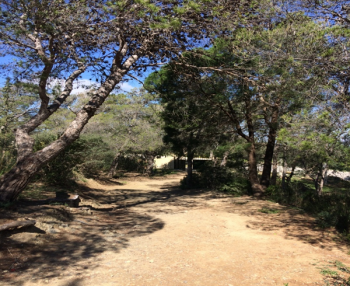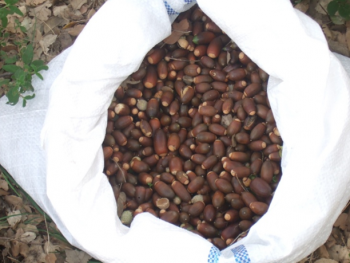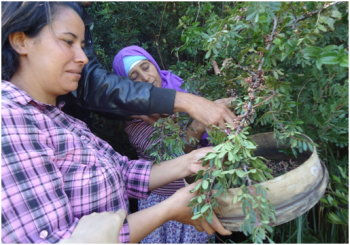A methodology for optimizing Pinus pinea stands from an economic perspective.
Submitted by María Pasalodos on 31 July 2019The aim is to present a methodology that allows the optimal management of Pinus pinea stands to be determined from an economic perspective when both cone and timber production are considered. Thus, a simulation-optimisation method that implements the stochastic masting model together with an optimisation algorithm would help forest managers to optimise stand management under different price scenarios and market conditions.
Hence , the challenge is to integrate a cone yield model into a simulation-optimisation system which is capable to predict expected cone harvests and...


























